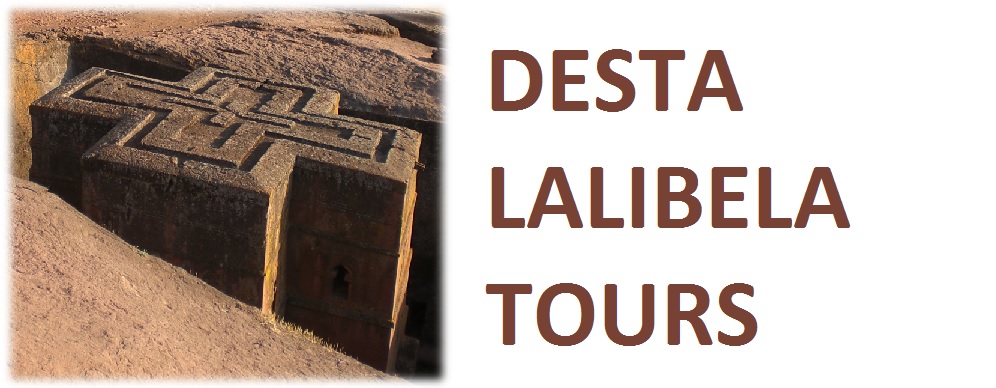Harar is an eastern city in Ethiopia, and the capital of the modern Harari ethno-political division of Ethiopia. The city is located on a hilltop, in the eastern extension of the Ethiopian highlands about five hundred kilometers from Addis Ababa with an elevation of 1885 metres.
For centuries, Harar has been a major commercial centre, linked by the trade routes with the rest of Ethiopia, the entire Horn of Africa, the Arabian Peninsula, and, through its ports, the outside world.
Harar Jugol has been included in the World Heritage List in 2006 by UNESCO in recognition of its cultural heritage. It is considered "the fourth holiest city of Islam" with 82 mosques, three of which date from the 10th century, and 102 shrines. Harar is also famous for its distinctive, natural processed coffees which bear the same name.
Harar was founded between the 7th and the 11th century (according to different sources) and emerged as the center of Islamic culture and religion in the Horn of Africa. It was part of the Adal Sultanate (at times a vassal of Ethiopia) of which it became the capital in 1520 under Abu Bakr. From Harar, Ahmad ibn Ibrihim al-Ghazi, also known as "Gragn the Left-handed," launched a war of conquest in the sixteenth century that extended its territory and even threatened the existence of the Christian Ethiopian Empire. His successor, Emir Nur ibn Mujahid, encircled the city with a wall, 4 meters high and with five gates. This wall, called Jugol, is still intact, and is a symbol of the town to the inhabitants.
The 16th century was the Golden Age of Harar. The local culture flourished, and many poets lived and wrote there. It also became known for coffee, weaving, basketry and bookbinding. The rulers of Harar also struck its own currency.
Harar lost some of its commercial importance with the creation of the Addis Ababa – Djibouti Railway, initially intended to run via the city, was diverted north of the mountains between Harar and the Awash river to save money. As a result of this, Dire Dawa was founded in 1902 as New Harar.
The inhabitants of Harar represent several ethnic groups, both Muslim and Christian, including Amhara, Oromo, Somali, Gurage, Tigray, and others. Nevertheless, within the walled city, the indigenous Harari are predominant. The Harari, who refer to themselves as Gey 'Usu ("People of the City") are a Semitic speaking people, once thought to be descended from an Aksumite military outpost. Today, they are most commonly classed as a social and cultural, rather than as a distinct ethnic group, since most families have intermingled with the neighboring groups, and were welcoming of foreigners into their community. Their language, Harari, constitutes a Semitic pocket in a predominantly Cushitic region. Originally written in the Arabic script, it has recently converted to the Ge'ez alphabet.
Harar mosque
The old town is home to 110 mosques and many more shrines, centered on Feres Magala square. Notable buildings include Medhane Alem Cathedral, the house of Ras Mekonnen, the house of Arthur Rimbaud, and the sixteenth century Jami Mosque. Harrar Bira Stadium is the home stadium for the Harrar Beer Botling FC, used for football (soccer) matches. One can also visit the market.
A long standing tradition of feeding meat to hyenas has also developed (during the 1960s) into an impressive night show for tourists.
Other places of interest include the highest amba overlooking the city, the Kondudo or "W" mountain, which hosts an ancient population of feral horses. A 2008 scientific mission has unleashed efforts for their conservation, as they are one of the most endangered wild horse packs in the world.
